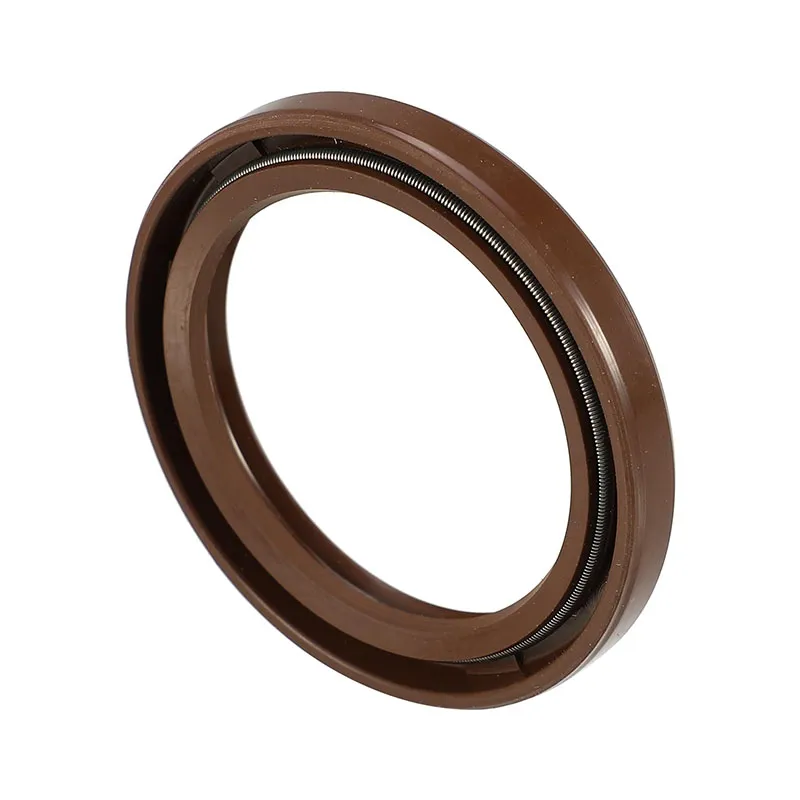Understanding the Importance of Seals in Automatic Transmission Oil Pumps
Understanding Automatic Transmission Oil Pump Seals
Automatic transmission systems are crucial components of modern vehicles, facilitating smooth gear shifts and optimal power delivery. A key player in this intricate system is the oil pump, which circulates transmission fluid to lubricate, cool, and assist in the operation of the transmission. Within this setup, the transmission oil pump seal plays a vital role, ensuring the integrity and performance of the transmission system.
What is an Automatic Transmission Oil Pump Seal?
The automatic transmission oil pump seal is a critical component designed to prevent the leakage of transmission fluid from the oil pump housing. Made from durable materials such as rubber or silicone, these seals are engineered to withstand the high temperatures and pressures within the transmission system. Their primary function is to maintain a tight seal around the pump shaft, ensuring that the fluid remains contained within the transmission.
Importance of the Transmission Oil Pump Seal
1. Preventing Fluid Leaks One of the most crucial functions of the oil pump seal is to prevent leaks. Transmission fluid is vital for the efficient operation of the transmission system. A compromised seal can lead to fluid loss, resulting in inadequate lubrication, overheating, and, eventually, transmission failure.
2. Maintaining Pressure The oil pump generates pressure that is essential for the transmission's proper operation. A failing seal can cause a drop in pressure, which may lead to slipping gears, rough shifting, or even complete transmission failure. Therefore, maintaining the integrity of the seal is essential for optimal performance.
3. Enhancing Longevity A well-functioning seal can enhance the overall lifespan of the transmission system. By preventing leaks and ensuring proper fluid circulation, the oil pump seal contributes to the longevity of the transmission components, reducing the risk of premature wear and tear.
automatic transmission oil pump seal

Common Issues with Oil Pump Seals
Over time, the transmission oil pump seal can become damaged due to a variety of factors, including
- Wear and Tear Continuous operation can wear down the material of the seal, leading to cracks and hardening. - Contamination Transmission fluid can become contaminated with debris, which can damage the seal and increase wear. - Heat Aging High temperatures generated within the transmission can degrade the seal material, compromising its effectiveness over time.
Signs of a Failing Oil Pump Seal
Automotive owners should be aware of the signs indicating that the oil pump seal may be failing
- Fluid Leaks Puddles of red or brown fluid under the vehicle are often the first signs of a seal failure. - Transmission Overheating If the transmission fluid is leaking, it can lead to overheating, affecting performance. - Unusual Noise A whining or grinding noise during shifting can indicate a problem with the oil pump or a failing seal.
Conclusion
The automatic transmission oil pump seal is an often-overlooked component that plays a pivotal role in the health and performance of a vehicle's transmission system. Regular maintenance and timely replacement of a worn or damaged seal can prevent costly repairs and ensure the longevity of the transmission. Vehicle owners should remain vigilant for signs of seal failure and consult with professional technicians to keep their transmissions operating smoothly. By taking proactive measures, drivers can enjoy a seamless driving experience, avoiding the frustration and expense associated with comprehensive transmission repairs.
-
Simplifying Oil Changes: A Comprehensive Guide to Oil Drain Plugs and Their Variants
News Aug.04,2025
-
Mastering Oil Drain Maintenance: Solutions for Stripped, Worn, and Upgraded Oil Plugs
News Aug.04,2025
-
Fixing Oil Pan Plug Issues: Leaks, Stripped Nuts, and the Right Replacement Solutions
News Aug.04,2025
-
Everything You Need to Know About Oil Drain Plugs: Sizes, Fixes, and Upgrades
News Aug.04,2025
-
Choosing the Right Oil Drain Plug: A Guide to Sizes, Materials, and Drain Innovations
News Aug.04,2025
-
A Complete Guide to Automotive Drain Plugs: Types, Problems, and Innovative Solutions
News Aug.04,2025
-
The Ultimate Guide to Car Repair Kits: Tools and Essentials Every Driver Should Own
News Aug.01,2025
Products categories















